#Nauplion
Text
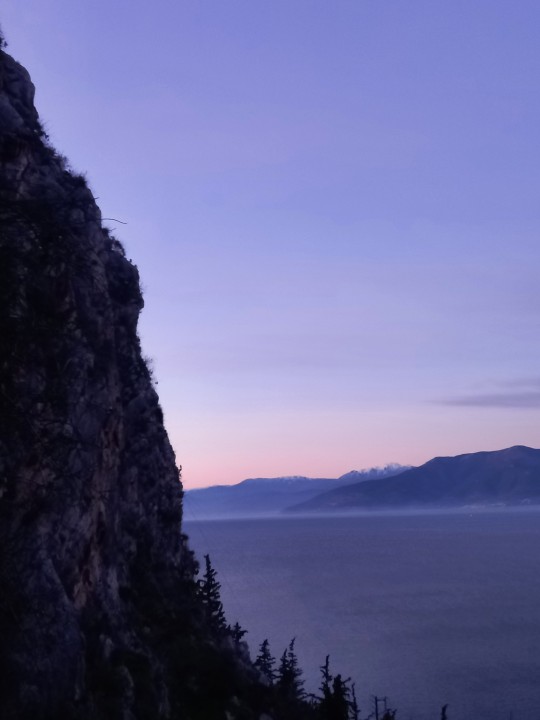

Nafplio, January 2023
14 notes
·
View notes
Text

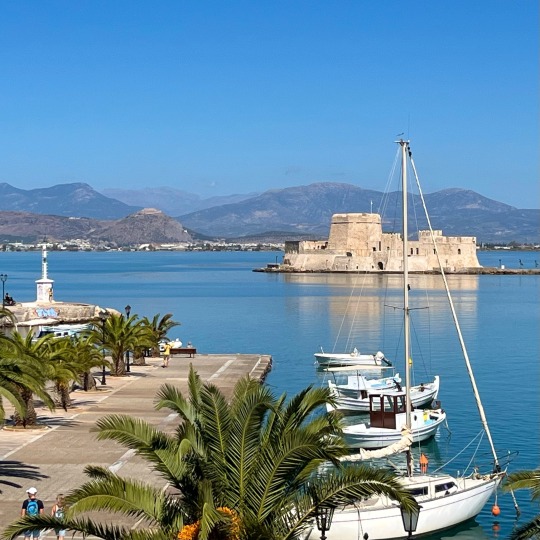


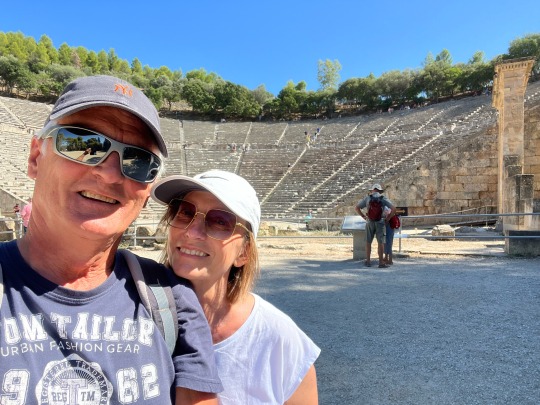

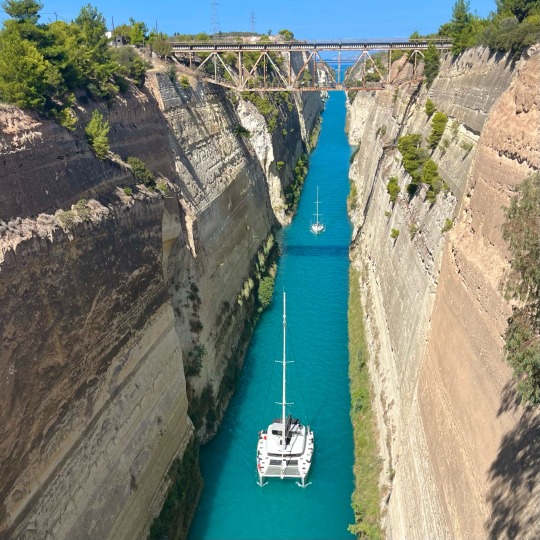
Wunderbares Griechenland
Etappe 13: Und weiter in den Süden von Nauplion / Nafplion #Greece nach Tyros in Richtung Hydra - Unser Mitsubishi läuft wie ein Uhrwerk Dachzelt
#erlangen#hjkrieg#Nauplion#Nafplion#dachzelt#dachzeltnomaden#Greece#griechenland#Tyros#Hydra#dachzeltreisen#mitsubishil200#mitsubishi#jockifotopress#jockifoto#alucab#mushibushiDachzelt
2 notes
·
View notes
Note
Hii,
I was wondering if you could tell me (if you know, of course) what the ancient Greeks of the Mycenaean times called themselves.
I was trying to look it up myself for a project but all the info I got was so inconclusive and one article went against the other and I'm honestly so confused.
I really wanted to answer this because I remember we talked about it in A' class in Gymnasio!! (Our History book also wrote a bit about that). We are almost sure, as we have very strong historical elements for speculation.
If you've read the Iliad and Odyssey in English, the Greeks (who came from the Mycenean culture at the time) are called "Achaeans" (Αχαιοί) and the region "Achaea" (Αχαΐα). So, that's probably how they called themselves as well.
The Hettites called the Myceneans "Ahiyawa" (Acheans) and wrote that they were a strong seafaring power. The Egyptians called them "Aqwavasa" or "Eqwesh". You might read the Indoeuropean "aqw-" sound/root hidden somewhere there, which means "water" (see the latin "aqua", the greek "acheron" etc). It is possible that the name "Achaeans" meant "those who come from the sea places". I don't have the time to research more on that but you can do some more reading on that if you want to see if it checks out.
In the Epics other collective names were also used, the most common being Danaans ("Δαναοί" is the Greek term) and Argeans / Argites / Argives / Argeioi. ("Αργείοι" is the Greek term).
Danaans were an earlier, different tribe than Achaeans, and when Achaeans came to the Peloponnese circa 2.000 BCE, they mixed. Danaans came to the region - possible Argos on the mainland the islands - after the "Pelasgoi" (Πελασγοί) the first inhabitants of the region. "Pelasgos" means "one from the open sea" so it's possible the Danaans had mostly gathered in the islands and other places near the sea. Danaans built Argos. But after their mix, Danaans and Achaeans were mostly the same, so the identifications came to be synonyms and used interchangeably by foreigners.
Egyptians called the Danaans "Denyen" and "Tanaju". Moreover, a list of the cities and regions of the Tanaju is also mentioned in this inscription; among the cities listed are Mycenae, Nauplion, Kythera, Messenia, and the Thebaid (region of Thebes).
Argos was a great power at the time and that's why you also see the Argeioi in the ancient texts. Before the Trojan war, they all gathered in Argos and sailed from there. It's possible the city was so powerful back then that it also became representative of the Greeks sometimes in the eyes of foreigners.
For the names of Achaeans these are two prominent sources:
1) Beckman Gary Michael, Cline Eric H., Bryce, R Trevor. (2012). «The Ahhiyawa Texts». Writings from the ancient world / Society of Biblical Literature, (28): 5. ISSN 1570-7008.
2) Jorrit Kelder. Ahhiyawa and the World of the Great Kings. A Re-evaluation of Mycenaean Political Structures, Talanta XLVI, 2012, X-X, σελ. 1.
Of course not all Achaeans lived in Argos, so they didn't have to self-identify as Argeioi. They could remember their Danaan origin and identify with that + the name of their town. Or they were just living in a smaller town and they self-identified with their Achaean origin + the name of their town. And it's possible that many Danaans lived in Argos. I don't recall any ancient texts talking about tensions between Danaans and Achaeans, or any discrimination like "Their family is Danaan and we are Achaeans so our children shouldn't marry." I think they just co-existed and merged without much fuss :P
For the origin story of Danaans in the region, you can read more by seeing the myth of Danaos.
https://en.wikipedia.org/wiki/Danaus
Greek "nations" and genera across the ages, the origins of the Danaans
This entry in wikipedia has very well concentrated all the genealogies and how the Greeks saw the creation of nations and lines across the ages.
**"Ethne" ("Ethnoi") are what I call in English "tribes" for better understanding. ("Ethnos" is singular.) It could also be translated as "ethnicities" (yes "ethnicity" comes from Greek) but in English this shows a bigger difference in cultural backgrounds than a "tribe". The ancient "ethnos" between the Greeks is more akin to the relationship different tribes of the same nation and ethnicity have. In modern times we call them "phylles" lit. "leaves" from different branches of the same tree or "genoi" (you'll know the English word genealogy from Greek). We rarely use the "ethnoi" word today but the ancients saw more differences between them than we see in them today so they kept a wider distinction.
In Greek mythology, the perceived cultural divisions among the Hellenes were represented as legendary lines of descent that identified kinship groups, with each line being derived from an eponymous ancestor.
Each of the Greek ethne were said to be named in honor of their respective ancestors: Achaeus of the Achaeans, Danaus of the Danaans, Cadmus of the Cadmeans (the Thebans), Hellen of the Hellenes (not to be confused with Helen of Troy), Aeolus of the Aeolians, Ion of the Ionians, and Dorus of the Dorians.
Cadmus from Phoenicia, Danaus from Egypt, and Pelops from Anatolia each gained a foothold in mainland Greece and were assimilated and Hellenized. Hellen, Graikos, Magnes, and Macedon were sons of Deucalion and Pyrrha, the only people who survived the Great Flood; the ethne were said to have originally been named Graikoi after the elder son but later renamed Hellenes after Hellen who was proved to be the strongest. Sons of Hellen and the nymph Orseis were Dorus, Xuthos, and Aeolus. Sons of Xuthos and Kreousa, daughter of Erechthea, were Ion and Achaeus.
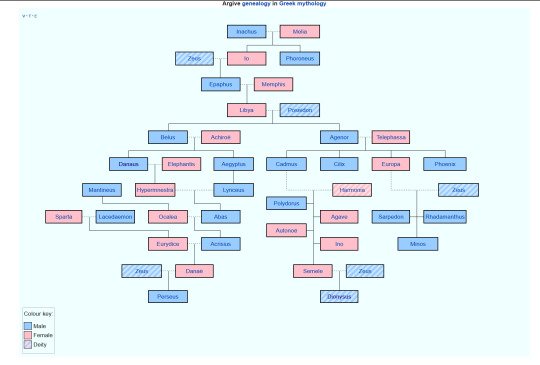
Obviously, one nation cannot come just from one man, and we don't have evidence that Danaans came from Egypt (only some vague linguistic traces because of their name). But it's not impossible. It's very likely that other ethne came from different regions (Egypt, Phoenicia, Anatolia) and slowly mixed with each other to create a more homogenized identity, as people settled more and more in agricultural environments. This early Hellenic identity of "Achaeans" we see for the first time in the Iliad when people from all these kingdoms with similar cultures united under a common cause.
It's important to not call "Danaans" Egyptians, though. At the point we see the peoples called "Danaans", they have developed the early Hellenized culture, distinct from the Egyptian culture of the time. They could potentially have been "Egyptians" a hundred generations back (if we believe their mythological origin story) but when we see them they are interchangeable with Achaeans. They didn't consider themselves Egyptians, and other locals didn't consider them Egyptians (or foreigners) either.
Egyptians don't "claim" the "Danaans" either. I think I should comment on that before any Americans go "Greeks came from Egypt, actually!" In fact, as I mentioned above, Egyptians named them "Denyen" or "Tanaju", like separate peoples from them, and mentioned the Greek cities they lived in.
Achaeans themselves were said to come from the north in 2.000 BCE, Dorians came from the North as well. (We don't know what North™ exactly 😂) Peloponnesians were Dorians but Macedonians were partly Dorians, too.
Achaea (Ἀχαΐα) still exists, btw! I mean... most of our ancient regions and cities still exist but it's nice to see the region kept such an old, really old name! Locator map of Achaia prefecture (Νομός Αχαΐας) in Hellas:

#ethne#ethnoi#tribes#Achaeans#mycenean#trojan war#the iliad#the odyssey#answered#hellenes#hellenismos#ancient greece#academia#classics#history
84 notes
·
View notes
Text
This is my blog and I can post what I want so im gonna talk about the Four Minor Courts of Day and other faerie kingdoms.
So the Day Court is one of Prythian's original courts, formed by King Fionn's foster child, Harun the Wise. He was originally the bastard son of the Third Viper Queen, and because he was ineligible for the crown (only females can rule in Khorasan), he was sent to King Fionn as a sort of "peace offering" between their nations. Harun was a scholar who founded Prythian's first library and advocated for the nurturing of infant human societies on their land. After Fionn's death he was granted the right of rulership and created the city of Rhodes, which is based on the great Burnt City of Khorasan.
Harun had a small cadre of students and disciples, who eventually became his closest advisors as the High Lord of Day. Seeking to preserve the academic traditions of his circle, he granted each of his four students leadership of smaller cities and created the Secundi, also known as the Fortunate Ones.
The four cities are Zominthos, Dodona, Hesperia, and Nauplion. They make, respectively, the Evening Court, the Sunset Court, the Morning Court, and the Sunrise Court.
The Secundi are often used as bureaucratic intermediaries to the High Lord, and gaining the trust of the Fortunate Ones is considered the first step to alliance. Rhysand, for example, maintains connection with Lipara, current leader of the Evening Court, who is distantly descended from a former High Lord of Night via his bastard children. [This is complicated by the fact that Lipara's mate was killed by Amarantha under his watch, and she currently rules in their stead.]
Each minor court hosts a branch of the Greater Library Complex, and its own branch of the Keepers, though most Keepers are indeed trained and apprenticed out of schools in the capital. As Harun was his foster father's legal adviser, the Day Court is also permitted considerable leeway in their influence over the other six courts. They are typically the court which is called upon to settle intercourt legal disputes.
10 notes
·
View notes
Text

Leonard Brown - Dawn at Nauplion. 2002
2 notes
·
View notes
Text
“In the Classical period, at least after 460 BC, when Argos regained regional hegemony, the Argive Heraion is incontestably one of the clearest examples of a great rural sanctuary where the sovereignty of a city, Argos, is made manifest, through the monumental buildings and the most solemn celebration of civic festivals accompanied by famous games. The political situation is clear: Argos has forcibly subjugated Mycenae, Tiryns, and Nauplion, and rules over an undivided region. The axis, or at least symbolic axis (for the material traces remain uncertain), described by joining the sanctuary and the dominant city, the political centre of the region, traces a diagonal line across the plain which forms the heart of Argive territory, and the city on one side with its acropolis, and the Heraion on the other, like a beacon hung on the rising ground, flank and overlook the plain. But this schema cannot be applied just like that to the Geometric era, when the hierarchy of settlement sites was very different and during which their relations cannot be analysed in terms as abrupt as confrontation or submission, sovereignty or exclusion. Indeed, in the ninth century, Argos, for all that it was probably already a little more populous and its aristocracy a little more wealthy and more powerful than that of other small towns in the plain, was far from having gained the position of leadership which it would have in the Archaic period. The first traces of cult which can be detected at the Heraion perhaps go back to this period, but this rural, even rustic, cult place (no settlement of any importance seems to have been established there or in the vicinity at that time), which had no notable building, cannot be considered to be exclusively or even principally Argive at that time. Its 'half-way house' position suggests, on the contrary, that it should be seen as a meeting point, a place where the communities which surrounded it gathered, and might even suggest a particular link with Mycenae, which is connected to the site of Prosymna by a Bronze Age paved road.”
- François de Polignac, Mediation, Competition, and Sovereignty: The Evolution of Rural Sanctuaries in Geometric Greece (Placing the Gods: Sanctuaries and Sacred Space in Ancient Greece)
1 note
·
View note
Video
A Traditional Pension. Acronauplia, Nauplion by Theseus Troizinian
#Greece#greek#Hellas#hellenic#Peloponnese#Nauplion#ngs#HDR#HDRaward#architecture#architect#art#city#city architecture#canon eos 700D#canon
1 note
·
View note
Text
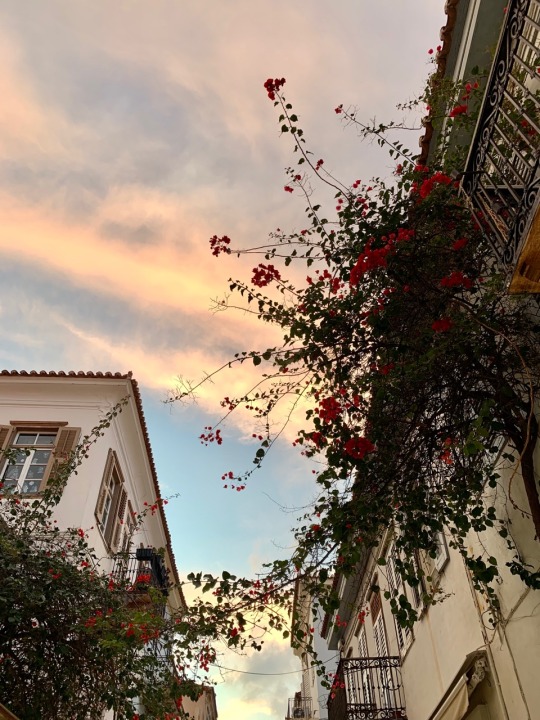
18 notes
·
View notes
Photo
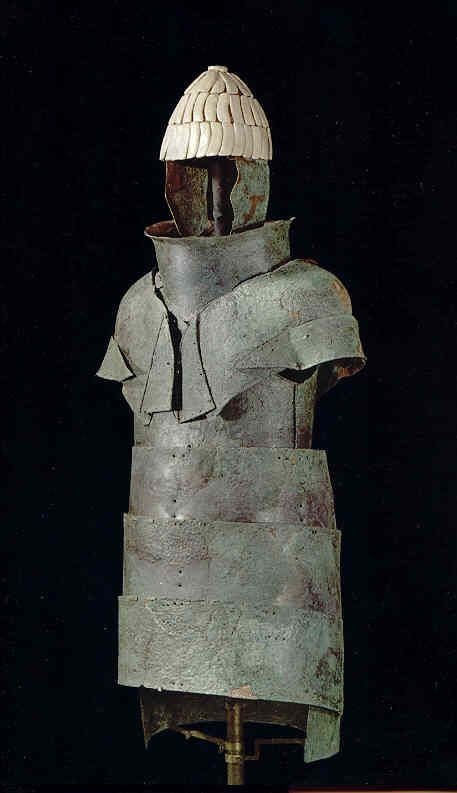
Armor made of Bronze, helmet made of Boar's Tusks, Achean, ca. 1400 BC, housed at the Nauplion Museum.
19 notes
·
View notes
Photo

Πρωτεύουσα του νομού Αργολίδας, και με ασύγκριτη γοητεία, το Ναύπλιο είναι ένας από τους ομορφότερους προορισμούς. Με τα γραφικά στενά, τις γεμάτες λουλούδια αυλές, την πανέμορφη αρχιτεκτονική και τα πολλά κρυμμένα μυστικά κάτω από το επιβλητικό Παλαμήδι, το Ναύπλιο απλώνεται μεταξύ του «σήμερα» και του «χθες» και μας καλεί όλους να το ανακαλύψουμε. Θα μπορούσαμε να πούμε ότι το Ναύπλιο είναι ένα χρωματιστό κομπολόι, όπου κάθε χάντρα του φέρει κάτι το ξεχωριστό, μια μοναδική και αλλιώτικη ιδιότητα, συνθέτοντας συνολικά ένα πλουμιστό μωσαϊκό άξιο θαυμασμού. Το Μπούρτζι, η Ακροναυπλία και το Παλαμήδι είναι αναμφίβολα τα πιο γνωστά μνημεία και χώροι προσέλκυσης τουριστών στην πόλη. Πέρα όμως από αυτά, περπατήστε στα στενά της παλιάς πόλης με τα πανέμορφα μαγαζάκια, επισκεφτείτε την παλιά Βουλή, ή το σπίτι του Ιωάννη Καποδίστρια που βρίσκονται στην πλατεία Συντάγματος, καθώς και το Πολεμικό Μουσείο. • COMPASS | We care www.compassteam.gr +302310818111 | [email protected] • #compassgr #wecare #nafplio #anapli #argolida #peloponnese #nauplion #archeologicalmuseum #traditionalhouses #statue #kolokotronis #kapodistrias #otto #acronauplia #fortifications #panorama #greece #greek# argolicgulf #visitgreece #discovergreece #travelgreece #tourism #tourist #travel #wanderlust Credits: greeka.com,focusgreece.com, insidevacations.com, discovergreece.com (at Náfplion, Argolis, Greece) https://www.instagram.com/p/B_7FVD-lYqj/?igshid=10snj9hgj1vai
#compassgr#wecare#nafplio#anapli#argolida#peloponnese#nauplion#archeologicalmuseum#traditionalhouses#statue#kolokotronis#kapodistrias#otto#acronauplia#fortifications#panorama#greece#greek#visitgreece#discovergreece#travelgreece#tourism#tourist#travel#wanderlust
0 notes
Photo
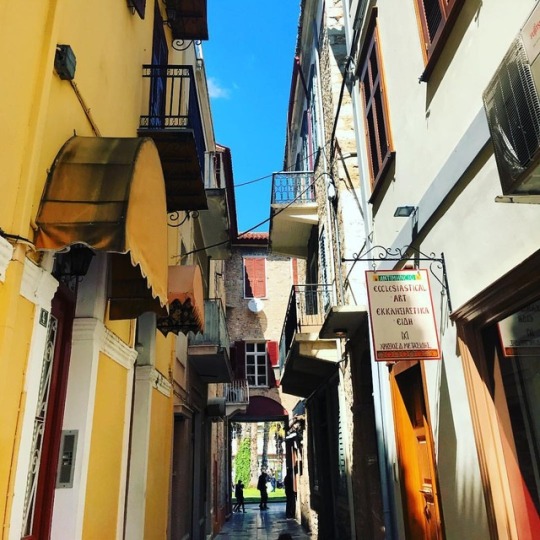
In love with this beautiful city #nauplion https://www.instagram.com/maria_blana_/p/BvrSgRjgkeZ/?utm_source=ig_tumblr_share&igshid=12aoso49o32o8
0 notes
Photo

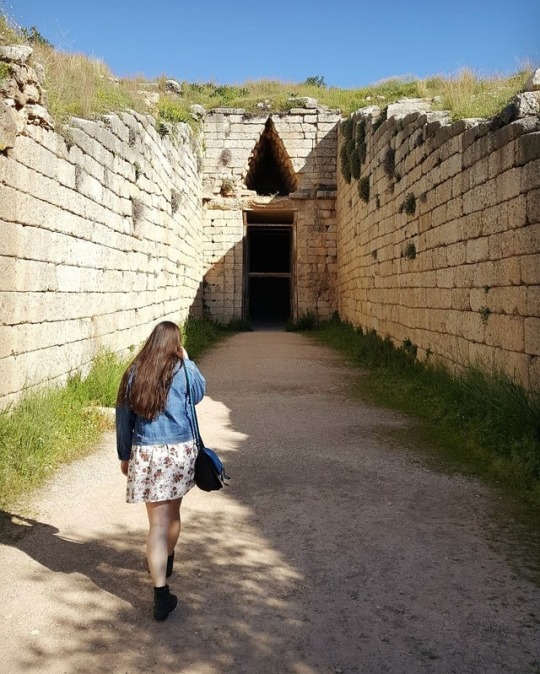
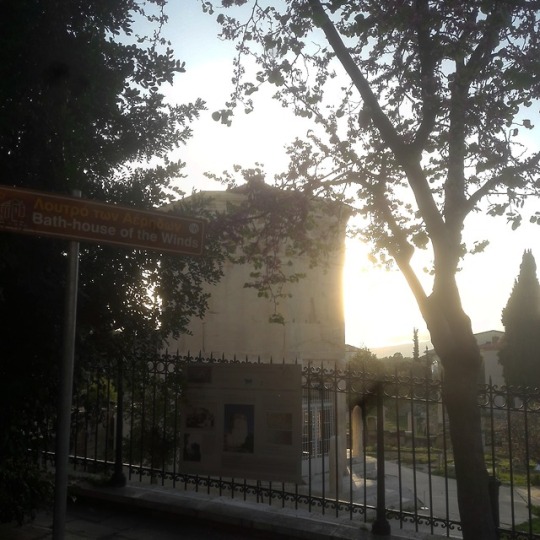
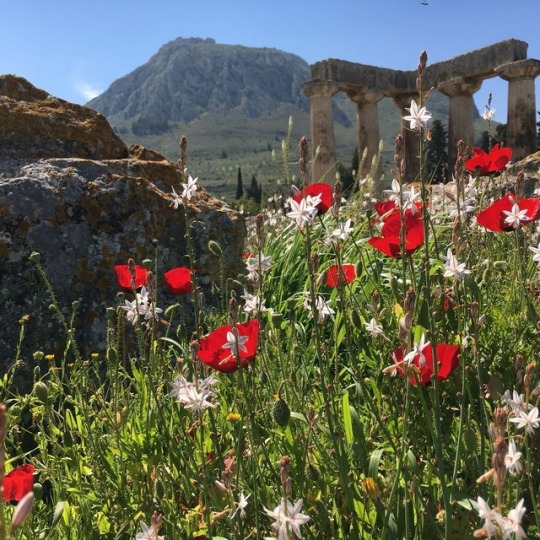
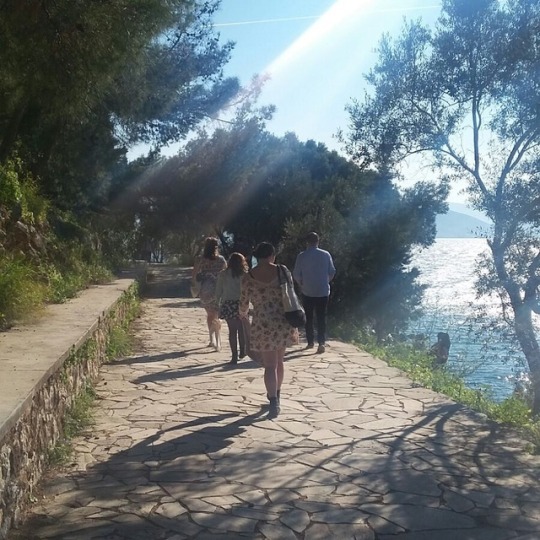
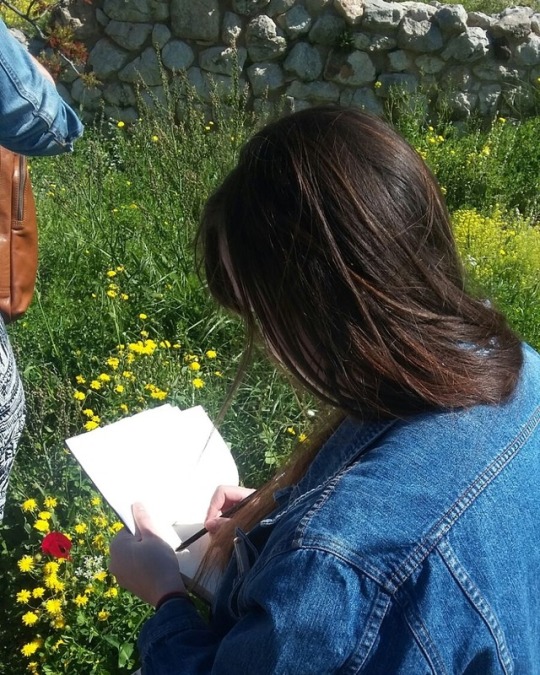
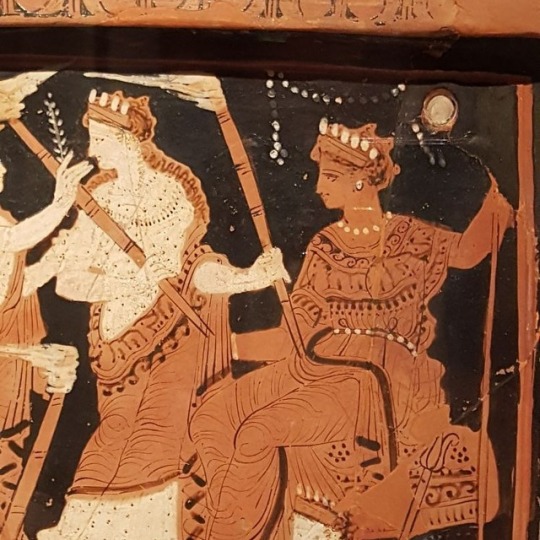
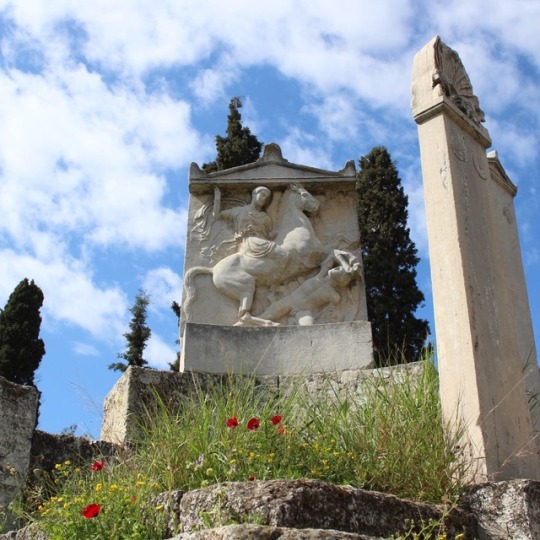
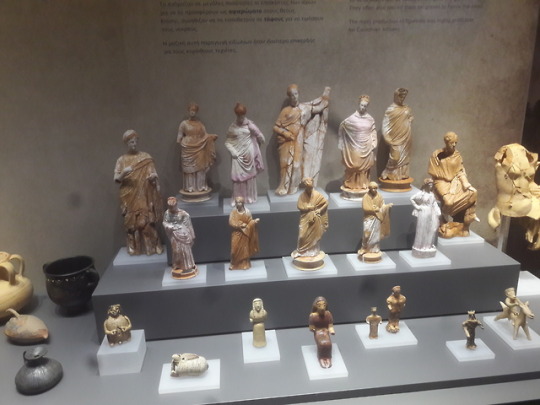
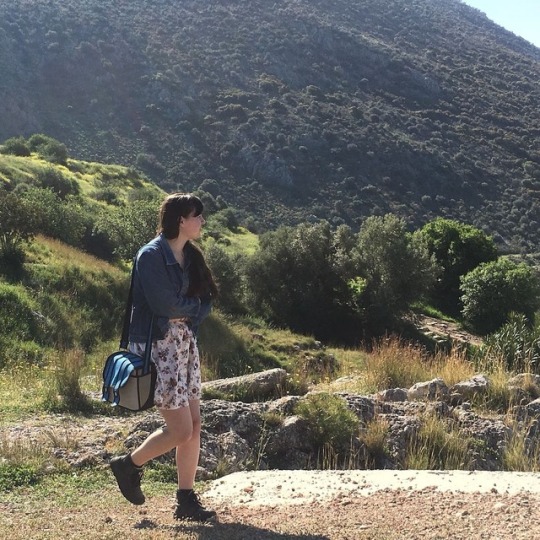
Greece, march 2018
25 notes
·
View notes
Note
Hello! I’m a devotee of Hera and one of the things she tasked me with is to eventually visit Greece and “walk where she walked”. I’ve been slowly creating an itinerary but I was wondering if you had any suggestions? I know I wanted to visit Samos and the Heraion, the Temple of Hera in Olympia, Argos, etc. I’ve heard a lot about the river Hera bathes in to restore her “maidenhood” but I haven’t had a whole lot of luck finding it on a map. But anyways! Any places you think would be good?
Thanks so much!
If you plan to stop by Argos, the Kanathos is probably the river you're looking for (Pausanias 2.38.2). On a modern map, this should lead you to Nafplio.
The thing is, local legends work in a way where you could have more than one city claim to have the right river, grave etc. and I wouldn't be surprised if this was the case for the river Hera bathed in.
Thanks to @verdantlyviolet for providing the quote:
As a prerequisite to contracted marriage, virginity in turn belongs to Hera. The island of Samos is therefore supposed to have been called Parthenie, the Maidenly, whereas the river Imbrasos by the sanctuary was called Parthenios, for it was there that Hera celebrated her wedding. In Hermione, too, Hera Parthenos was worshipped. Hera - doubtless her statue - was bathed every year in the water of Kanathos near Nauplion and so, it was said, recovered her maidenhood; thus she was escorted to Zeus anew.
- Walter Burkert, Greek Religion
Aside from this, Hera's cult was so widespread that you certainly will have to make choices about where you want to go and what you want to see. If you haven't already, check out the temple of Hera in Dilos (Cyclades) and Lagkadia (Peloponnese). If you are willing to stop by Italy, consider Crotone, Foce del Sele or Capaccio Paestum.
24 notes
·
View notes
Photo

Paul Strand 1890 - 1976
Broom Shop, Nauplion, Greece
101 notes
·
View notes
Photo
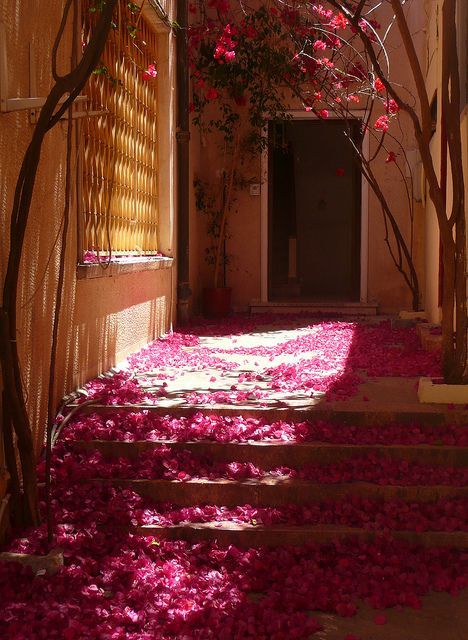
(via Pinterest)
Pretty in Pink ~ The petals of the Bougainvillea trees blown into a corner in Nauplion, Greece by Gordon Robinson on Flickr
16 notes
·
View notes
Photo
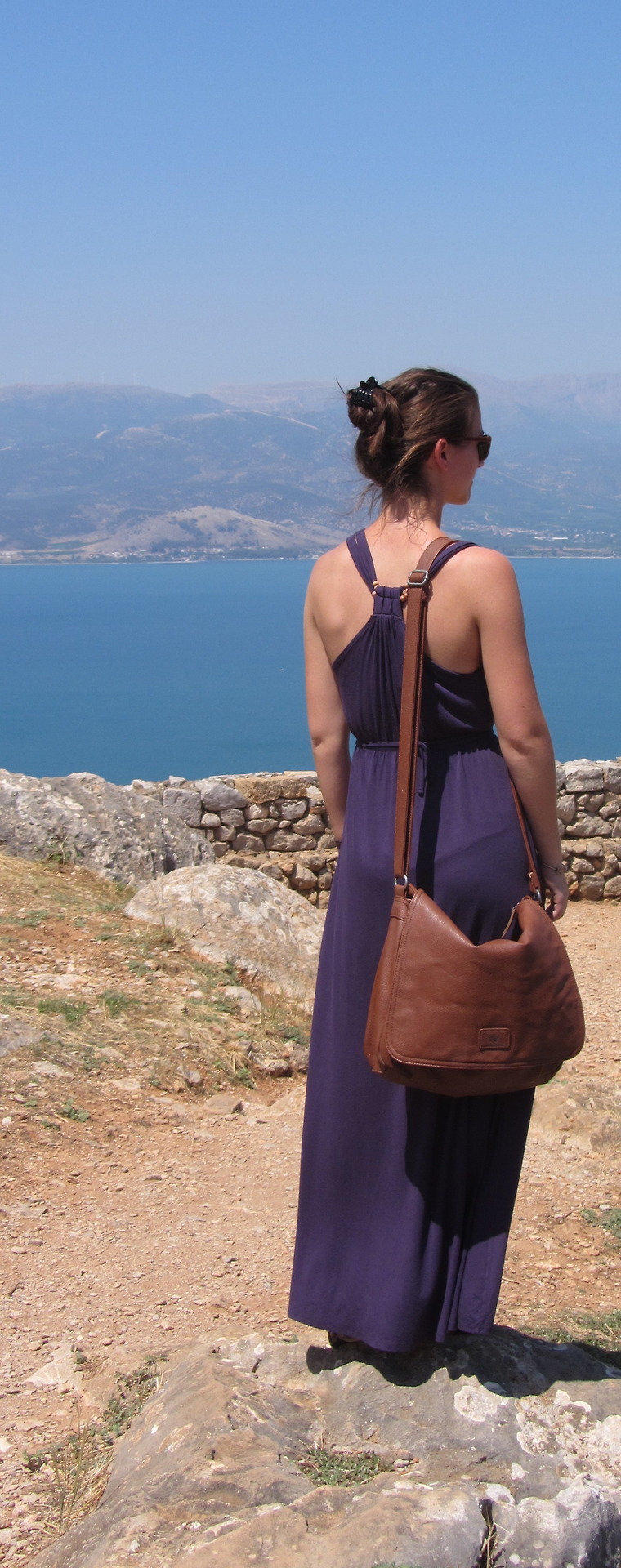
Greece 2017
0 notes